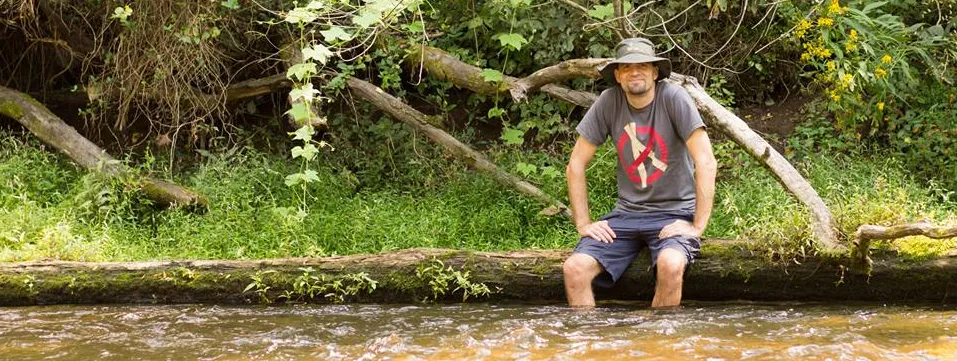
The family and I visited one of the most amazing feats of computing, mechanical engineering, and science: The Arecibo Observatory. It remained the world's largest single-aperture telescope for over 50 years up until 2016.
When we visited, they were cleaning the telescope for the first time since the 1970's. The workers have to wear special shoes to distribute their weight. I was able to zoom in with my phone (and again through the viewer) to just barely see them working. The cleaning doesn't change the performance, but it sure helps with public relations because if people see a dirty old dish, they think it's not being used (even though they use it every day). Hurricane Maria broke a part of one of the antennas, but they already secured the funding to either repair or replace it. The other part of the telescope (the Gregorian sub-reflector) is still working great.
The visitor center had a lot of great stuff inside.
Being able to touch the 350 pound Gibeon Meteorite from 1836 was pretty cool. I've never seen so many meteorites. They survived a trip through space, through our atmosphere, and landed intact! How incredible is that!? They had a 3.4 billion-year-old moon rock along with a piece of mars which was sheared off by an astroid and landed on earth. I also liked how they had some example the old original computer equipment there. I loved seeing a real Nobel Prize won by Joseph Taylor and Russell Hulse in 1974 for working at the observatory studying gravity via a pair of neutron stars.
You can view the video on DTube by clicking the image above or via YouTube here:
I hope you enjoy the video of our visit!
Video background music from HookSounds with Creative Commons license.

Luke Stokes is a father, husband, programmer, STEEM witness, and voluntaryist who wants to help create a world we all want to live in. Visit UnderstandingBlockchainFreedom.com








▶️ DTube
▶️ IPFS
